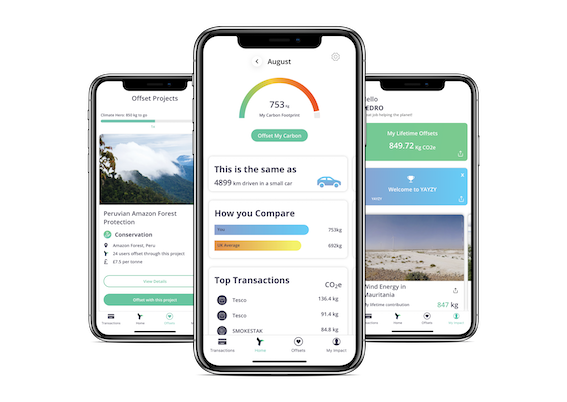Apple faces a major setback in one of its legal fights, VMware sues a former executive and Google tests a new short-form video feature. This is your Daily Crunch for December 29, 2020.
The big story: Judge dismisses Apple copyright claims against Corellium
Apple filed a lawsuit last year against Corellium, a company that allows security researchers to create virtualized iOS devices in the browser in order to discover potential security flaws.
Apple argued that Corellium’s product both infringes its copyright and, by circumventing built-in authentications and security checks, violates the Digital Millennium Copyright Act. Today, Judge Rodney Smith dismissed Apple’s copyright claims and wrote that “Corellium has met its burden of establishing fair use.”
Smith did not rule on Apple’s DMCA claims, so this legal battle isn’t over.
The tech giants
VMware files suit against former exec for moving to rival company — The company is claiming that former COO Rajiv Ramaswami had inside knowledge of the key plans at VMware and that he should have told the company that he was interviewing for a job at a rival organization.
Google pilots a search feature that aggregates short-form videos from TikTok and Instagram — This could help Google retain users in search of social video entertainment.
Startups, funding and venture capital
23andMe raises $82.5M in new funding — The company’s work this year around COVID-19 has, perhaps, put the value of its platform in a new light.
CommonGround raises $19M to rethink online communication — The goal is to build online collaboration software that more fully captures the nuances of in-person communication.
Seattle-based Madrona raises $320M for its eighth fund — That’s up slightly from the firm’s past two funds, which were both $300 million vehicles.
Advice and analysis from Extra Crunch
As launch market matures, space opportunities on the ground take off — If you thought the launch boom was big, just wait for to see what happens when it combines with the private satellite boom.
Streaming services face their real test in 2021 — While media/telecom executives and Wall Street investors have been willing to make big investments for a streaming-centric future, they’ll expect to see actual profits soon.
What’s behind this year’s boom in climate tech SPACs? — There’s no denying that 2020 has been the year of the special purpose acquisition company.
(Extra Crunch is our membership program, which aims to democratize information about startups. You can sign up here for a holiday deal good through January 3. Read more about the deal here.)
Everything else
From the US to China, Korea, India and Europe, antitrust action against tech is gaining serious momentum — Antitrust is now a headline issue for the tech industry across the world.
Attending CES 2021? TechCrunch wants to meet your startup — Virtually, of course.
The Daily Crunch is TechCrunch’s roundup of our biggest and most important stories. If you’d like to get this delivered to your inbox every day at around 3pm Pacific, you can subscribe here.
from Apple – TechCrunch https://ift.tt/3rNVkj0

